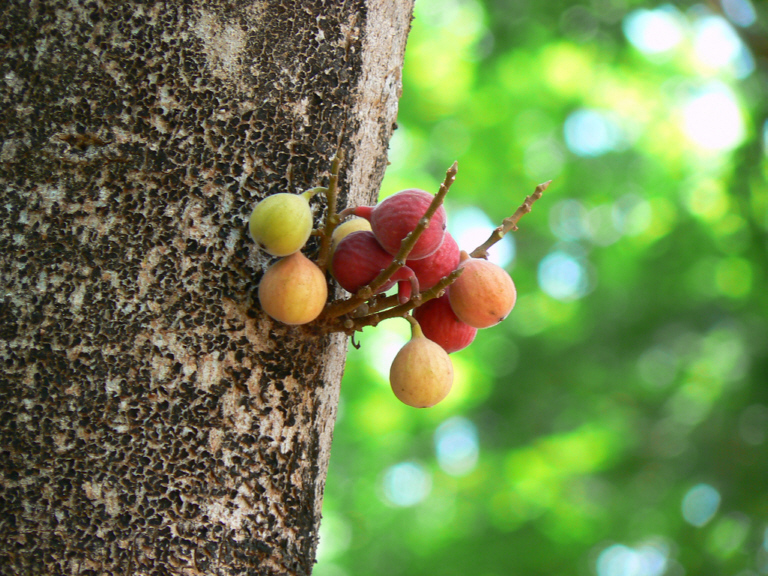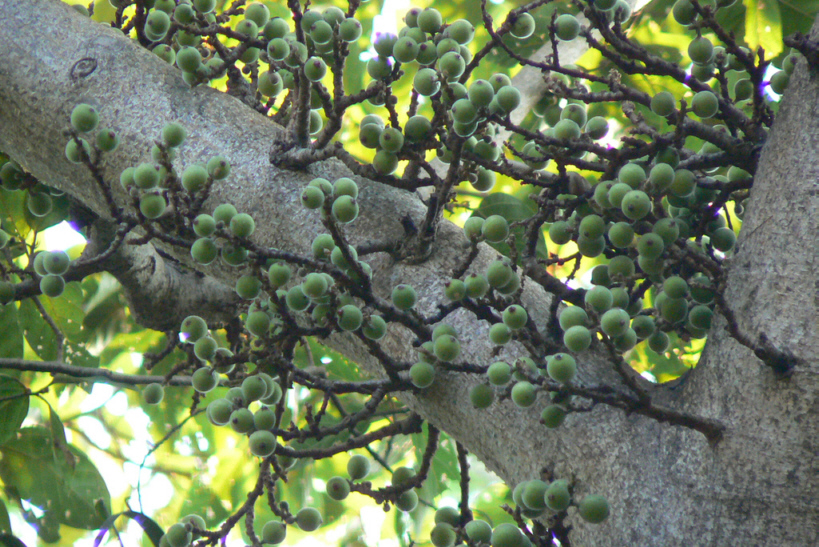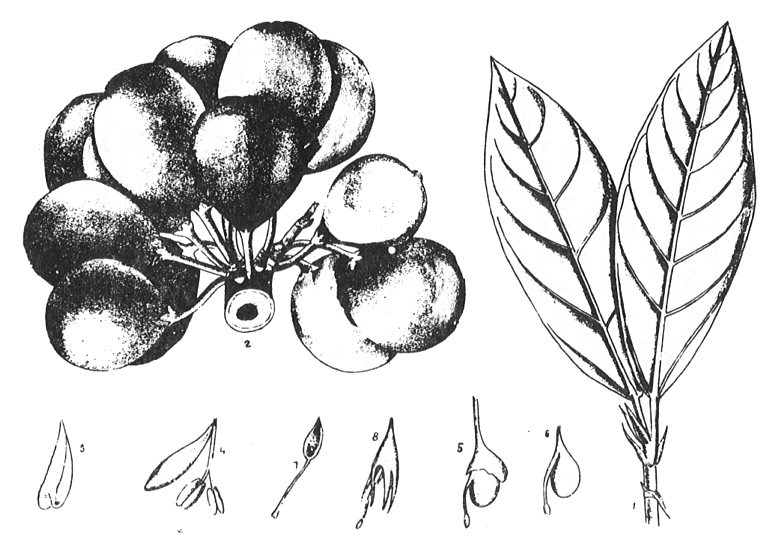

Zitierweise / cite as:
Carakasaṃhitā: Ausgewählte Texte aus der Carakasaṃhitā / übersetzt und erläutert von Alois Payer <1944 - >. -- Anhang A: Pflanzenbeschreibungen. -- Ficus racemosa L. -- Fassung vom 2007-06-29. -- URL: http://www.payer.de/ayurveda/pflanzen/ficus_racemosa.htm
Erstmals publiziert: 2007-06-27
Überarbeitungen: 2007-06-29 [Ergänzungen]
Anlass: Lehrveranstaltung SS 2007
©opyright: Dieser Text steht der Allgemeinheit zur Verfügung. Eine Verwertung in Publikationen, die über übliche Zitate hinausgeht, bedarf der ausdrücklichen Genehmigung des Verfassers
Dieser Text ist Teil der Abteilung Sanskrit von Tüpfli's Global Village Library
WARNUNG: dies ist der Versuch einer
Übersetzung und Interpretation eines altindischen Textes. Es ist keine
medizinische Anleitung. Vor dem Gebrauch aller hier genannten Heilmittel wird
darum ausdrücklich gewarnt. Nur ein erfahrener, gut ausgebildeter ayurvedischer
Arzt kann Verschreibungen und Behandlungen machen!
Falls Sie die diakritischen Zeichen nicht dargestellt bekommen, installieren Sie eine Schrift mit Diakritika wie z.B. Tahoma.
Verwendete und zitierte Werke siehe: http://www.payer.de/ayurveda/caraka0001.htm

Abb.: Ficus racemosa L.
[Bildquelle:
dinesh_valke. --
http://www.flickr.com/photos/dinesh_valke/505526735/. -- Zugriff am
2007-06-29. --
![]()
![]()
![]() Creative
Commons Lizenz (Namensnennung, keine kommerzielle Nutzung, keine Bearbeitung)]
Creative
Commons Lizenz (Namensnennung, keine kommerzielle Nutzung, keine Bearbeitung)]

Abb.: Ficus racemosa L.
[Bildquelle:
dinesh_valke. --
http://www.flickr.com/photos/dinesh_valke/357166584/. -- Zugriff am
2007-06-29. --
![]()
![]()
![]() Creative
Commons Lizenz (Namensnennung, keine kommerzielle Nutzung, keine Bearbeitung)]
Creative
Commons Lizenz (Namensnennung, keine kommerzielle Nutzung, keine Bearbeitung)]

Abb.: Ficus racemosa L.
[Bildquelle: Kirtikar-Basu, ©1918]
Drury:
Ficus racemosa (Linn.) Do.
- Red-wooded Fig-tree, or Country Fig-tree, Eng.
- Atti alu, Mal.
- Attie-marum, Tam.
- Maydi, Tel.
- Gooler, Hind.
Description.— Tree ; leaves ovate, entire, pointed, veined ; fruit-receptacles on racemes, round, reddish, size of a small plum.—Rheede, i. t 25.-------Concans. Malabar.
Medical Uses.—The root in decoction and bark of the tree are used in medicine. The latter is slightly astringent, and sometimes used in the form of a fine powder ; and, in combination with Gingeley-oil, is applied in cancerous affections. The fruit is edible. A fluid which is yielded by incisions in the root is given as a tonic by native doctors. An infusion of the bark is given in diabetes; and the young leaves reduced to powder and mixed with honey in bilious affections.—Ainslie. Rheede."
[Quelle: Drury, Heber <1819 - 1872>: The useful plants of India : with notices of their chief value in commerce, medicine, and the arts. -- 2d ed. with additions and corrections. London : Allen, 1873. -- xvi, 512 p. ; 22 cm. -- s.v.]
Dutt:
"FICUS RELIGIOSA, Linn. Sans. Asvattha. Vern. Pipal, Hind. FICUS BENGALENSIS, Linn. Sans. Vata. Vern. Bar. Hind,
FICUS GLOMERATA, Willd. Sans, Udumbara. Vern. Jagnodumar, Beng. Gular, Hind.
FICUS INFECTORIA, Roxb, Sans. Parkati. Vern. Pākur, Beng. Pākri, Hind.
The root-barks of these four species of Ficus together with that of Azadarachta lndica pass by the name of Panchavalkala or the five barks, and are used in combination. A decoction of these barks, called Pancha valkala kashāya is much used as a gargle in salivation, as a wash for ulcers, and as an injection in leucorrhoea. The powdered root-bark of Ficus religiosa rubbed with honey is applied to aphthous sores of children. It is also sprinkled over " unhealthy ulcers to improve their condition and promote granulation.
The figs of Ficus glomerata are considered astringent, stomachic and carminative and are given in menorrhagia and haemoptysis in doses of one tola of the dried fruits with sugar and honey. The fresh juice of the ripe fruit is given as an adjunct to a metallic medicine for diabetes and other urinary complaints, called Vrihat vangesvara rasa, (see Tin)."
[Quelle: Dutt, Uday Chand: The materia medica of the Hindus / Uday Chand Dutt. With a glossary of Indian plants by George King. -- 2. ed. with additions and alterations / by Binod Lall Sen & Ashutosh Sen. -- Calcutta, 1900. - XVIII, 356 S. -- S. 235.]